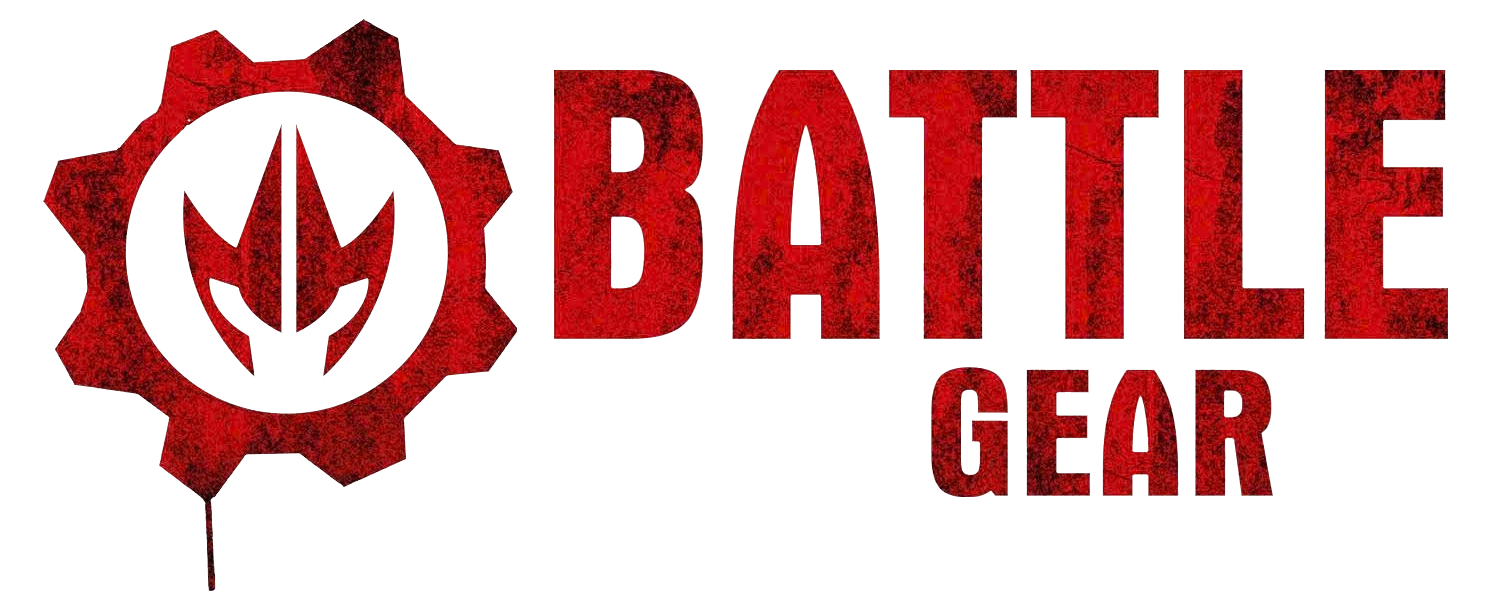Comparing the 5 Features of Long & Short Sleeve Rash Guards
In this article, we will explore the key differences between long sleeve and short sleeve rash guards, providing you with the information you need to make an informed choice for your sport or activity. As part of our ongoing series on compression wear, we strive to demystify the science behind these garments and offer practical insights into their selection and usage. Whether you are a seasoned athlete or new to the world of sportswear, this article will serve as a comprehensive guide to understanding the benefits and specific applications of long sleeve and short sleeve rash guards.What's The Difference Between Long Sleeve And Short Sleeve Rash Guards?
Introduction
When it comes to selecting a rash guard, one of the key decisions you'll need to make is choosing between long sleeve and short sleeve options. While both types of rash guards offer their own advantages, understanding the differences between the two can help you make an informed decision that suits your needs. In this article, we will explore the material, design, protection, versatility, comfort, style, factors to consider, and price of long sleeve and short sleeve rash guards. By the end, you'll have a comprehensive understanding of these options and be able to select the perfect rash guard for your activities.Material
Fabric
The fabric used in rash guards plays a crucial role in their overall performance and durability. Long sleeve rash guards are often made from materials such as nylon, polyester, or a blend of the two. These fabrics are known for their moisture-wicking properties, which help to keep you dry during intense physical activity. Short sleeve rash guards, on the other hand, may also be made from similar materials, but the shorter sleeves allow for more breathability.Thickness
Long sleeve rash guards tend to be thicker than their short sleeve counterparts. The extra coverage provided by the long sleeves provides additional insulation, making them ideal for cooler climates or water activities. Short sleeve rash guards, on the other hand, offer a lighter and more breathable option, perfect for warmer temperatures or high-intensity workouts.Breathability
In terms of breathability, short sleeve rash guards have a clear advantage. The shorter sleeves allow for more airflow, preventing overheating and promoting better ventilation during physical activity. This makes short sleeve rash guards a popular choice for activities such as swimming, surfing, or other water sports where staying cool is essential. Long sleeve rash guards, although less breathable, offer more protection from the sun and potential abrasions.Design
Sleeve Length
The primary difference between long sleeve and short sleeve rash guards is, as the name suggests, the sleeve length. Long sleeve rash guards provide full arm coverage, extending from the shoulders to the wrists. This added coverage offers protection from the sun, cold water, and potential irritants such as jellyfish or other marine life. Short sleeve rash guards, on the other hand, provide coverage from the shoulder to the upper arm, offering increased flexibility and freedom of movement.Neckline
Both long sleeve and short sleeve rash guards typically have a crew neck design. This neckline is chosen for its ability to provide a comfortable fit and prevent chafing during physical activity. It is important to ensure that the neckline is not too tight or restrictive, as this could limit movement and lead to discomfort during exercise.Fit
Long sleeve and short sleeve rash guards are available in a range of fits, including regular, slim, and compression. The choice of fit depends on personal preference and the specific activities you plan to engage in. Regular fit offers a more relaxed and comfortable feel, slim fit provides a snug and streamlined look, while compression fit offers a tighter, form-fitting option that supports muscle recovery and improves blood circulation.Protection
Sun Protection
One of the primary benefits of both long sleeve and short sleeve rash guards is their ability to provide sun protection. The fabric used in rash guards is designed to have a high UPF (Ultraviolet Protection Factor), which blocks the majority of the sun's harmful UV rays from reaching your skin. This protection is essential to prevent sunburn and reduce the risk of long-term skin damage caused by prolonged sun exposure.Chafe Protection
Long sleeve rash guards offer additional protection against chafing, especially when worn under wetsuits or other equipment. The fabric acts as a barrier between your skin and potential irritants, reducing the risk of friction-related discomfort. Short sleeve rash guards, although providing less coverage, can also help prevent chafing in areas such as the underarms or shoulders.Versatility
Sports
Both long sleeve and short sleeve rash guards can be used in a variety of sports and physical activities. Long sleeve rash guards are well-suited for water activities such as surfing, paddleboarding, or snorkeling, where the extra coverage offers protection from the elements. Short sleeve rash guards, with their lighter and more breathable design, are popular for activities like swimming, running, or high-intensity workouts, where freedom of movement and ventilation are key.Therapeutic Uses
In addition to sports, compression-based long sleeve and short sleeve rash guards have gained popularity for their therapeutic benefits. The compression technology used in these rash guards helps improve blood circulation, reducing muscle soreness and aiding in recovery after physical exertion. This makes them an excellent choice for individuals seeking relief from muscle fatigue or those recovering from injuries or medical conditions.Comfort
Temperature Regulation
Both long sleeve and short sleeve rash guards offer temperature regulation benefits. Long sleeve rash guards provide more insulation and are better suited for cooler temperatures or water activities. The added coverage helps to retain body heat and keep you warm. Short sleeve rash guards, on the other hand, offer better breathability and are ideal for warmer climates or intense workouts where staying cool is a priority.Mobility
When it comes to mobility, short sleeve rash guards have an advantage. The shorter sleeves allow for more freedom of movement and flexibility, making them popular among athletes and individuals engaged in activities that require a wide range of motion. Long sleeve rash guards, although slightly restricting, still offer a good level of mobility and are preferred for activities where sun protection or added warmth is necessary.Style
Fashion
Both long sleeve and short sleeve rash guards come in a variety of colors, patterns, and designs, allowing you to express your personal style. Whether you prefer a classic solid color, a bold print, or a sleek and minimalist design, there are options available to suit your taste. The style choices are vast, ensuring that you can find a rash guard that not only performs well but also makes a fashion statement.Layering
Both long sleeve and short sleeve rash guards can be easily layered with other clothing items. For cooler temperatures, a long sleeve rash guard can be worn under a wetsuit or paired with shorts or leggings for added warmth. Short sleeve rash guards can be worn on their own in warmer weather or layered with a jacket or hoodie for added style and functionality.Factors to Consider
Activity Level
When choosing between long sleeve and short sleeve rash guards, consider your activity level. If you engage in water activities often or require sun protection, a long sleeve rash guard might be more suitable. If you participate in high-intensity workouts or activities requiring a wide range of motion, a short sleeve rash guard would provide better flexibility and breathability. Understanding your specific needs and the demands of your activities will help you make an informed decision.Personal Preference
Personal preference also plays a significant role in selecting the right rash guard. Consider factors such as sleeve length, fit, and style that align with your comfort and aesthetic preferences. Trying on different options and assessing how they feel on your body can ensure a better fit and overall satisfaction with your chosen rash guard.Climate
Climate is another important factor to consider when deciding between long sleeve and short sleeve rash guards. If you live in a colder climate or plan to engage in water activities in less temperate conditions, a long sleeve rash guard with added insulation would be beneficial. However, if you live in a warmer climate or plan to do more high-intensity workouts, a short sleeve rash guard that offers better breathability would be more suitable.Price
Rash guards vary in price depending on factors such as brand, quality, and specific features. Long sleeve rash guards tend to be slightly more expensive due to the extra fabric used in their construction. Short sleeve rash guards are typically more affordable, as they require less material. It is essential to consider your budget and balance it with the features and benefits you desire in a rash guard.Conclusion
In conclusion, both long sleeve and short sleeve rash guards have their own unique advantages and considerations. The choice between the two ultimately depends on factors such as climate, activity level, personal preference, and the specific features you require. Whether you opt for the added sun protection and insulation of a long sleeve rash guard or the flexibility and breathability of a short sleeve rash guard, investing in a high-quality rash guard will ensure comfort, protection, and style for all your athletic and therapeutic endeavors.Related Articles








